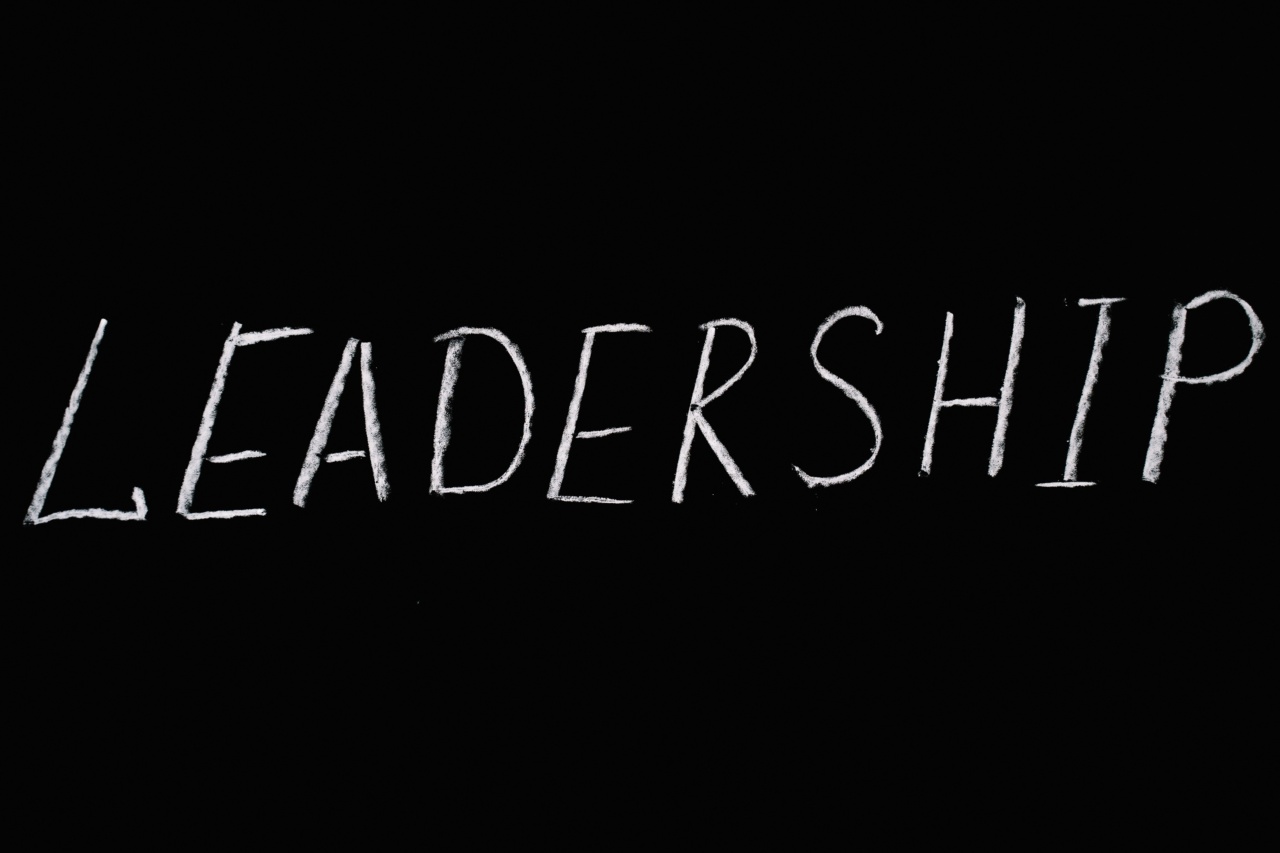Urinary incontinence is a common condition that affects millions of people worldwide. It refers to the unintentional leakage of urine from the bladder, causing embarrassment and inconvenience.
Depending on the underlying causes and symptoms, urinary incontinence can be classified into several types.
1. Stress Incontinence
Stress incontinence occurs when physical activities such as coughing, sneezing, laughing, or exercising put pressure on the bladder, causing urine leakage.
This type of incontinence is more common in women and is often a result of weakened pelvic floor muscles or a weakened sphincter.
2. Urge Incontinence
Urge incontinence, also known as overactive bladder, is characterized by a sudden and intense urge to urinate, followed by involuntary urinary leakage. It is caused by an overactive detrusor muscle, which is responsible for bladder contractions.
This condition may be a result of nerve damage, urinary tract infections, or certain medications.
3. Overflow Incontinence
Overflow incontinence occurs when the bladder is unable to empty completely, leading to frequent or constant dribbling of urine.
It is often caused by an obstruction or blockage in the urinary tract, such as an enlarged prostate in men or a bladder stone. Weak bladder muscles and nerve damage can also contribute to this type of incontinence.
4. Functional Incontinence
Functional incontinence is not directly related to problems with the bladder or urinary system but rather to physical or cognitive impairments that make it difficult for individuals to reach the bathroom in time.
This includes conditions such as dementia, arthritis, or physical disabilities that limit mobility.
5. Mixed Incontinence
Mixed incontinence refers to a combination of two or more types of urinary incontinence. It commonly involves a combination of stress and urge incontinence and is more common in women than men.
The exact causes of mixed incontinence can vary and may require a comprehensive evaluation to determine the underlying factors.
Management of Urinary Incontinence
The management of urinary incontinence depends on the type and severity of the condition, as well as individual needs and preferences. Here are some common approaches to managing urinary incontinence:.
1. Lifestyle and Behavioral Modifications
Simple lifestyle changes can often help improve urinary incontinence symptoms.
These include maintaining a healthy weight, avoiding bladder irritants such as caffeine and alcohol, practicing pelvic floor exercises (Kegels), and scheduling regular bathroom breaks to prevent bladder overfilling. Behavioral techniques, such as bladder training and double voiding, can also be effective in managing incontinence.
2. Medications
In certain cases, medications may be prescribed to help manage urinary incontinence. For example, anticholinergic medications may be used to relax the bladder muscles and reduce the frequency of bladder contractions in cases of urge incontinence.
Topical estrogen therapy may also be recommended for women with stress incontinence to strengthen the urethral muscles.
3. Physical Therapy
For individuals with weakened pelvic floor muscles, physical therapy techniques such as biofeedback or electrical stimulation can be beneficial.
These therapies aim to strengthen the pelvic floor muscles, improve muscle control, and enhance bladder function. A trained physical therapist can guide individuals through exercises and techniques specific to their needs.
4. Medical Devices
In some cases, medical devices may be recommended for the management of urinary incontinence.
For example, a pessary, which is a removable device inserted into the vagina to support the bladder and urethra, can provide support and prevent leakage in certain types of incontinence. Additionally, urethral inserts and external collection devices (such as urinary catheters) may be considered in specific situations.
5. Surgical Intervention
If conservative treatments are ineffective, surgical interventions may be considered for the management of urinary incontinence.
The type of surgery will depend on the underlying cause and may involve procedures such as sling surgery, bladder neck suspension, or artificial urinary sphincter placement. Surgical options are generally reserved for severe cases or when other treatments have been unsuccessful.
Conclusion
Urinary incontinence can significantly impact an individual’s quality of life, but effective management strategies are available for each type of incontinence.
It is important to consult a healthcare professional to determine the underlying cause and develop a tailored treatment plan. With the right approach, many individuals can effectively manage their symptoms and regain control over their bladder function.


























